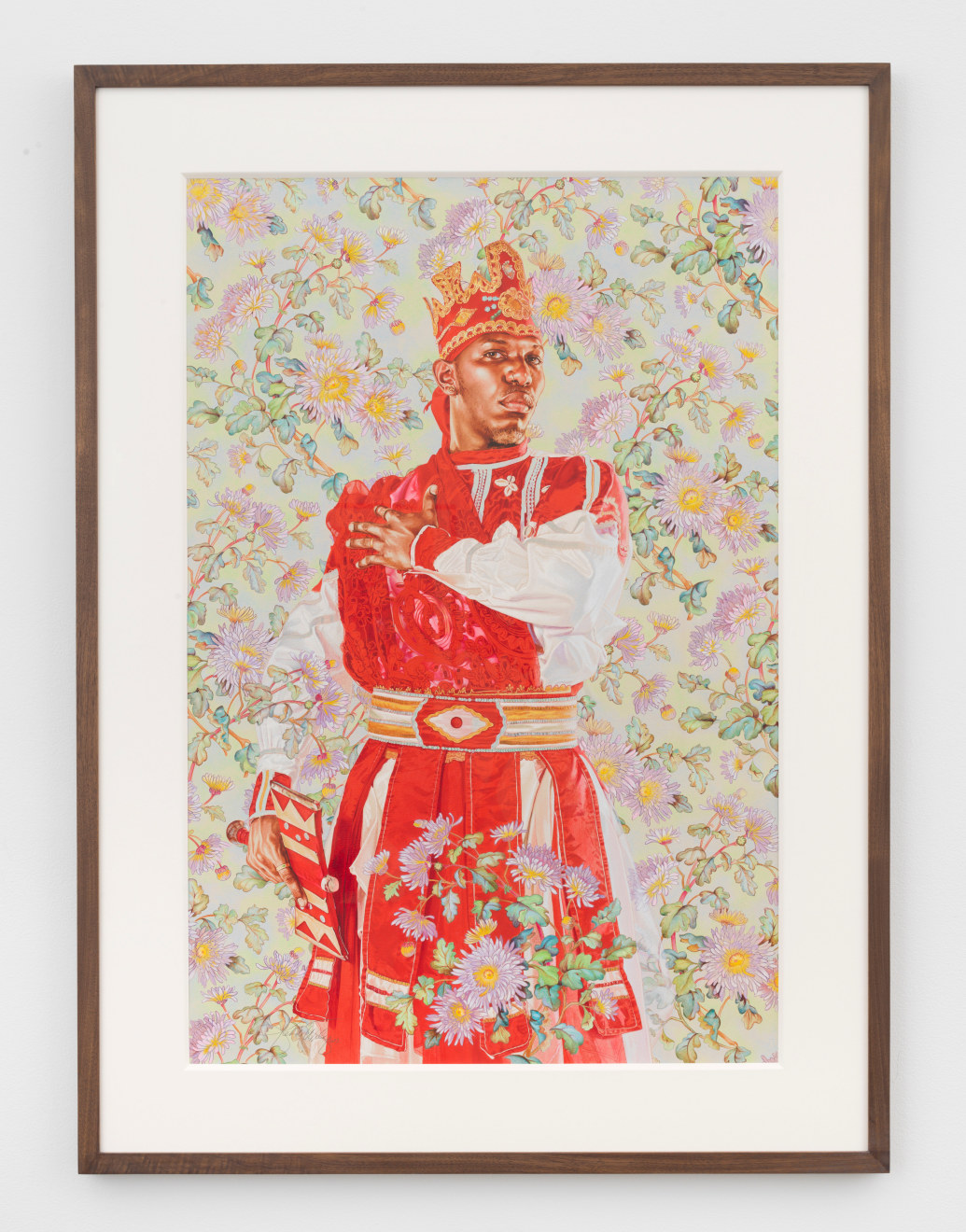
Kehinde Wiley
Misahel Hernández Study, 2023
oil on paper
paper: 44 x 30 inches (111.8 x 76.2 cm)
framed: 52 3/4 x 38 5/8 x 1 1/2 inches (133.8 x 98.1 x 3.8 cm)
(KW-DR-23-005)
Sean Kelly is delighted to present HAVANA, Kehinde Wiley’s highly anticipated new exhibition at the gallery. Featuring new paintings, works on paper and a three-channel film, this body of work is informed by Wiley’s focus on the evolution of Black culture globally. Inspired by two visits Wiley made to Cuba, this new body of work explores the phenomenon of the carnivalesque in Western culture. Referencing artists as diverse as Toulouse-Lautrec, Picasso, Calder, and Western European depictions of the carnivalesque, the circus, and the power of street performance and dance, the HAVANA paintings focus on the circus as a site of disruption for the rational mind and circus performers who embrace a dynamic and vibrant way of living and being in the world. There will be an opening reception on Thursday, April 27 from 6-8pm. The artist will be present.
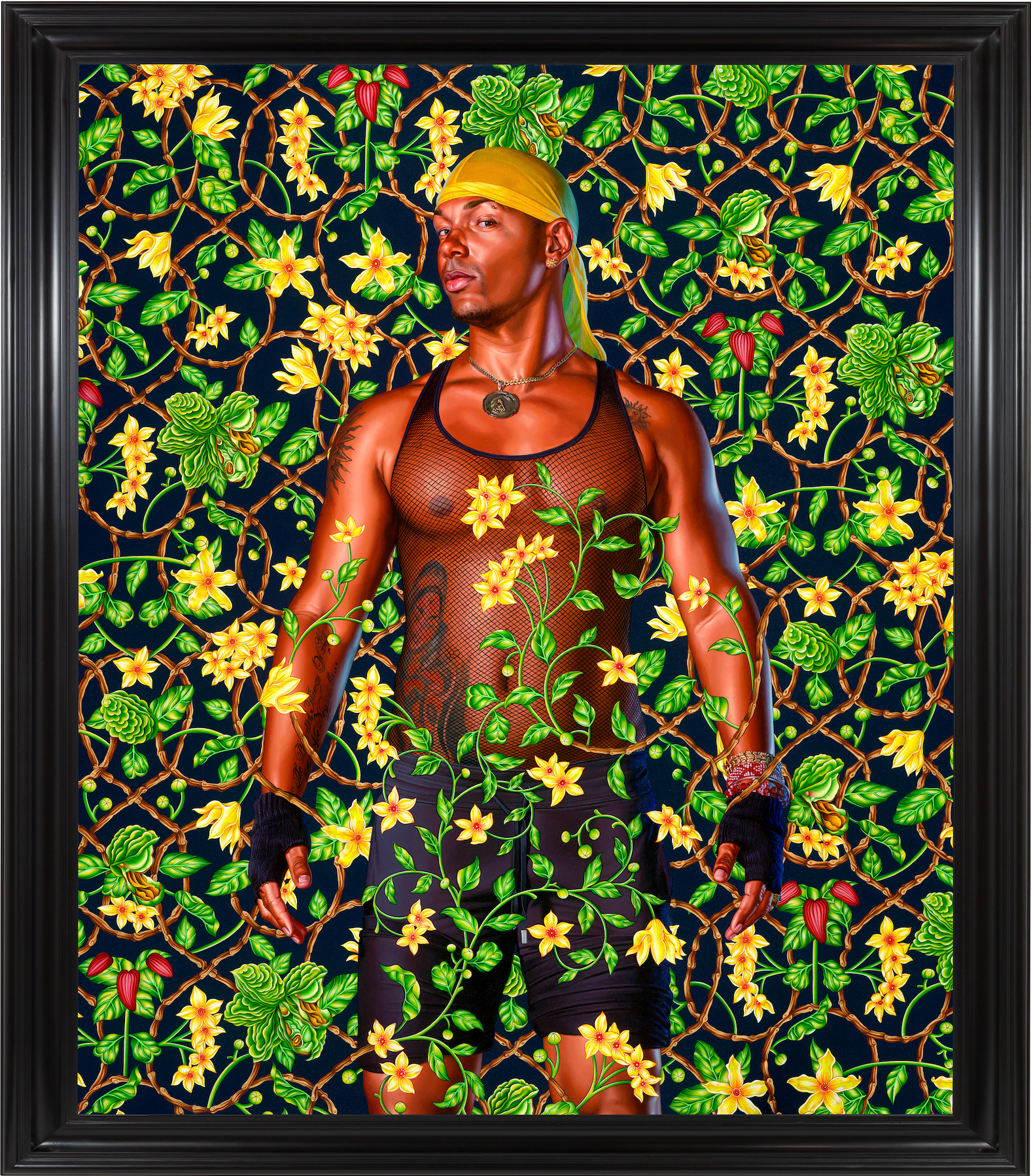
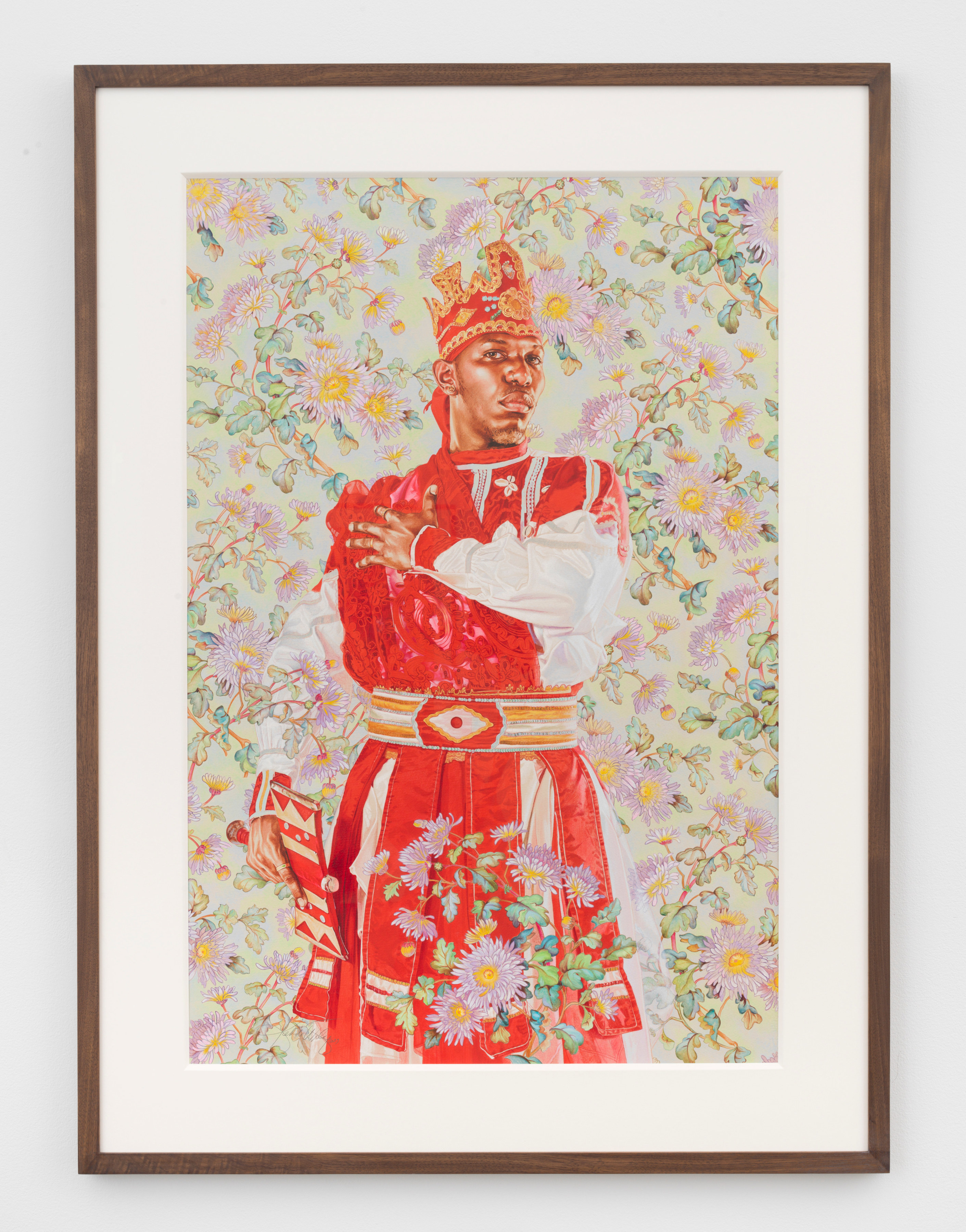
The works in the exhibition create a timeline in which political realities, economic hardship, artistic freedom, and the thirst for self-discovery become the catalyst for exploring a nation and culture through painting. In his study of art history and artists who were influenced by the circus, Wiley focused on the carnival as a metaphor for an attenuated and heightened state of being. Circuses are often places in which those who are cultural, religious, or social outcasts find their center. Similarly, artists themselves often occupy a space of being both within culture and on its periphery. In Wiley’s view, depictions of the circus offer a type of self-portraiture that many artists have employed over time.
“I took that and wanted to expand it into a much larger exhibition that starts to look at the story of self-invention as a means to get to a closer truth about Cuba,” - Kehinde Wiley
Taken from an African or African diasporic point of view, the circus and the carnivalesque have historically been opportunities for the formerly enslaved to engage in moments of freedom and grace that were generally forbidden. The carnival, Mardi Gras, and street procession were events in which chaos could arise, love could be expressed, and a spiritual embrace of religious traditions could be manifest.
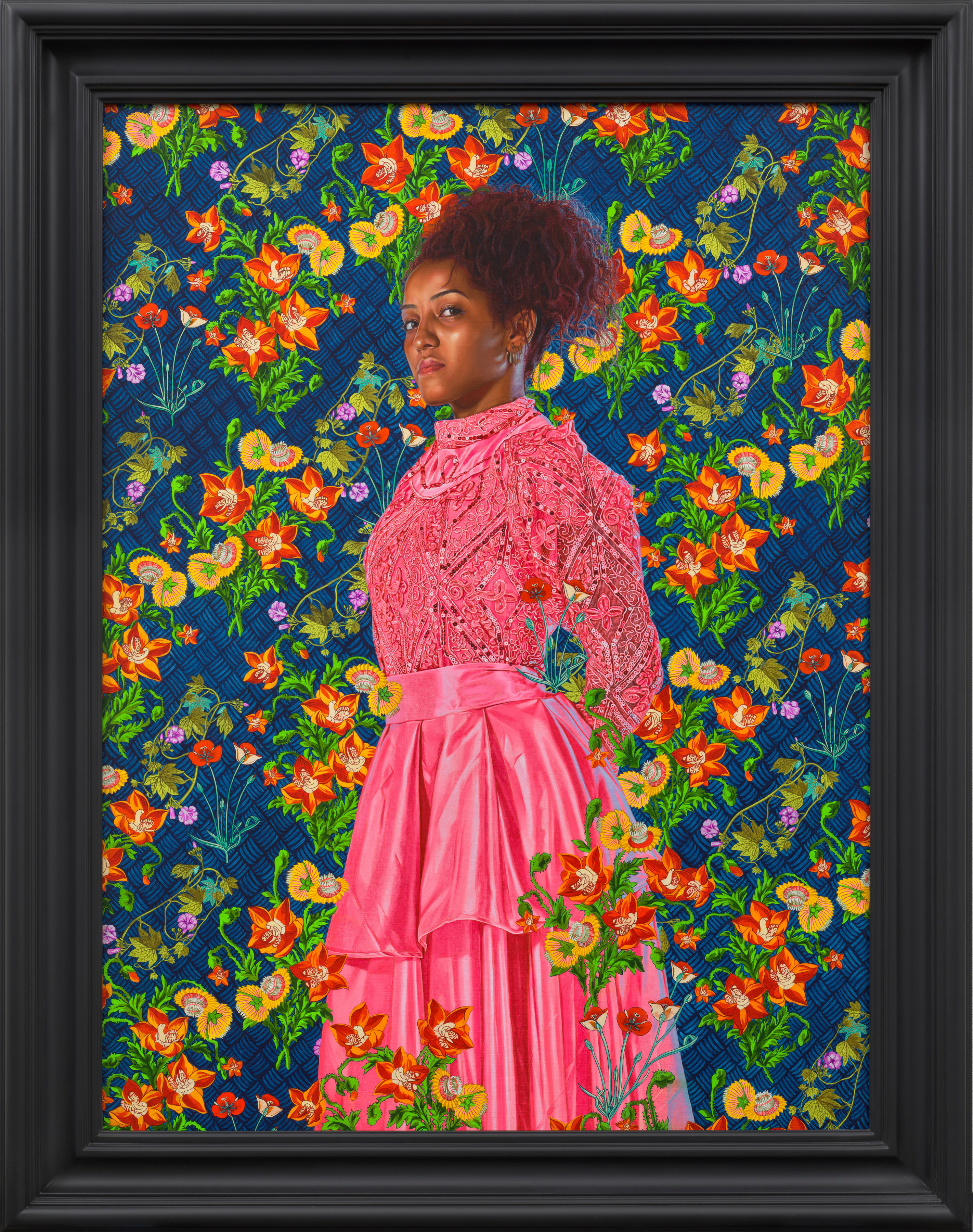
Cuba is an important cultural, emotional, and artistic site of exploration at the crossroads between the European worlds of the enslaver and the diasporic worlds of Africa. It maintains a strong commitment to its religious traditions, most often during the carnival season and moments of rapture that occur in street processions and in traditional variations of Yoruba religious practices.
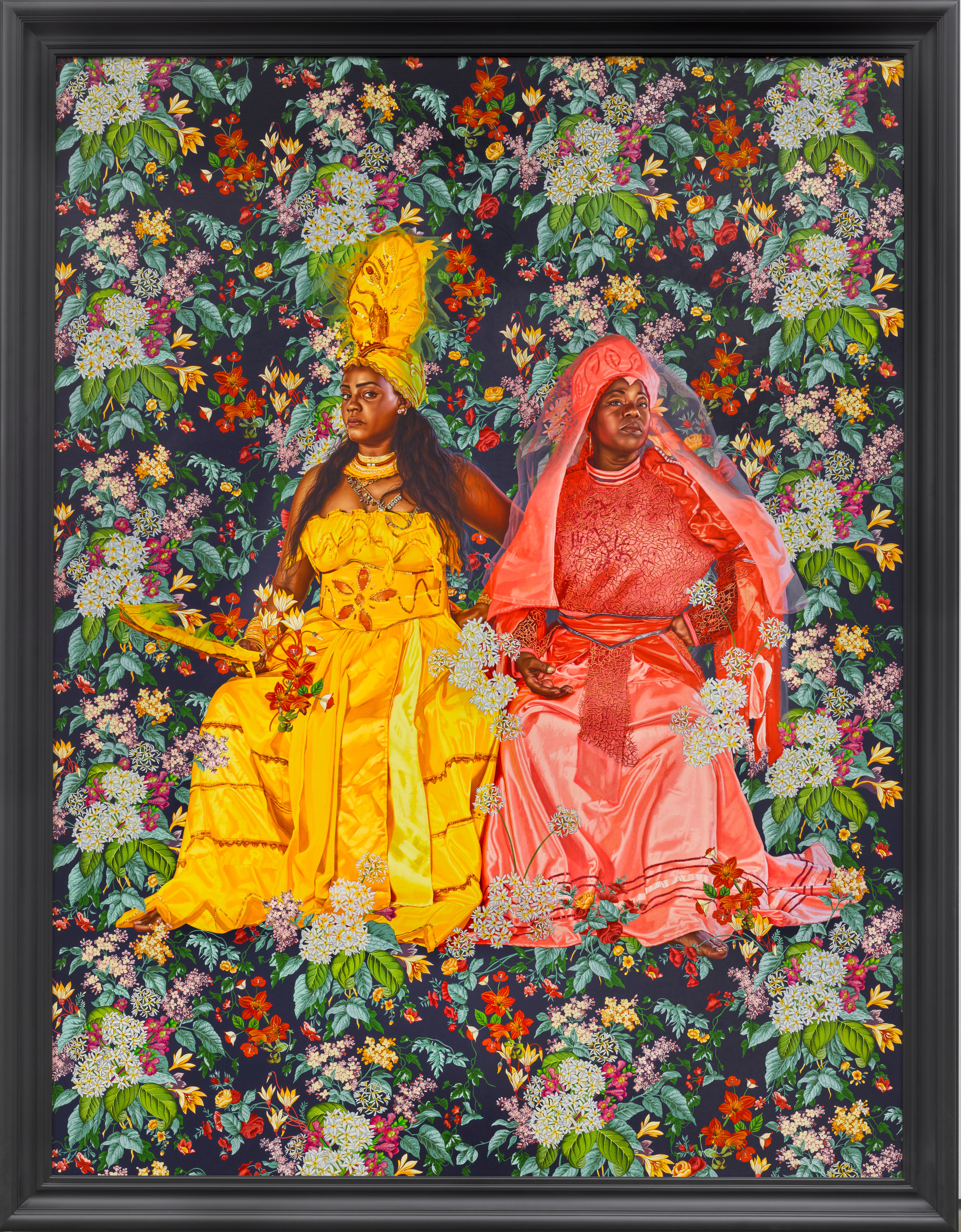

Through these interventions, Black and Brown people have historically been able to communicate love and joy in a radical act of defiance. Cuba, for this reason, presents a singular opportunity to explore not only the history of Western representations of the carnivalesque but also a true embrace of Afro-Caribbean culture, representing an indictment of the enslavement of Black bodies and a celebration of the youth, vibrancy, and broader evolution of Black culture.
“Black people are survivors, we’re shapeshifters... The very delightful and delicious ways in which we survive have created the Blues, and so many other cultural traditions at the leading edge of American creative culture, whether it be Jazz or Hip Hop, soul food, or African American fashion sensibilities” - Kehinde Wiley
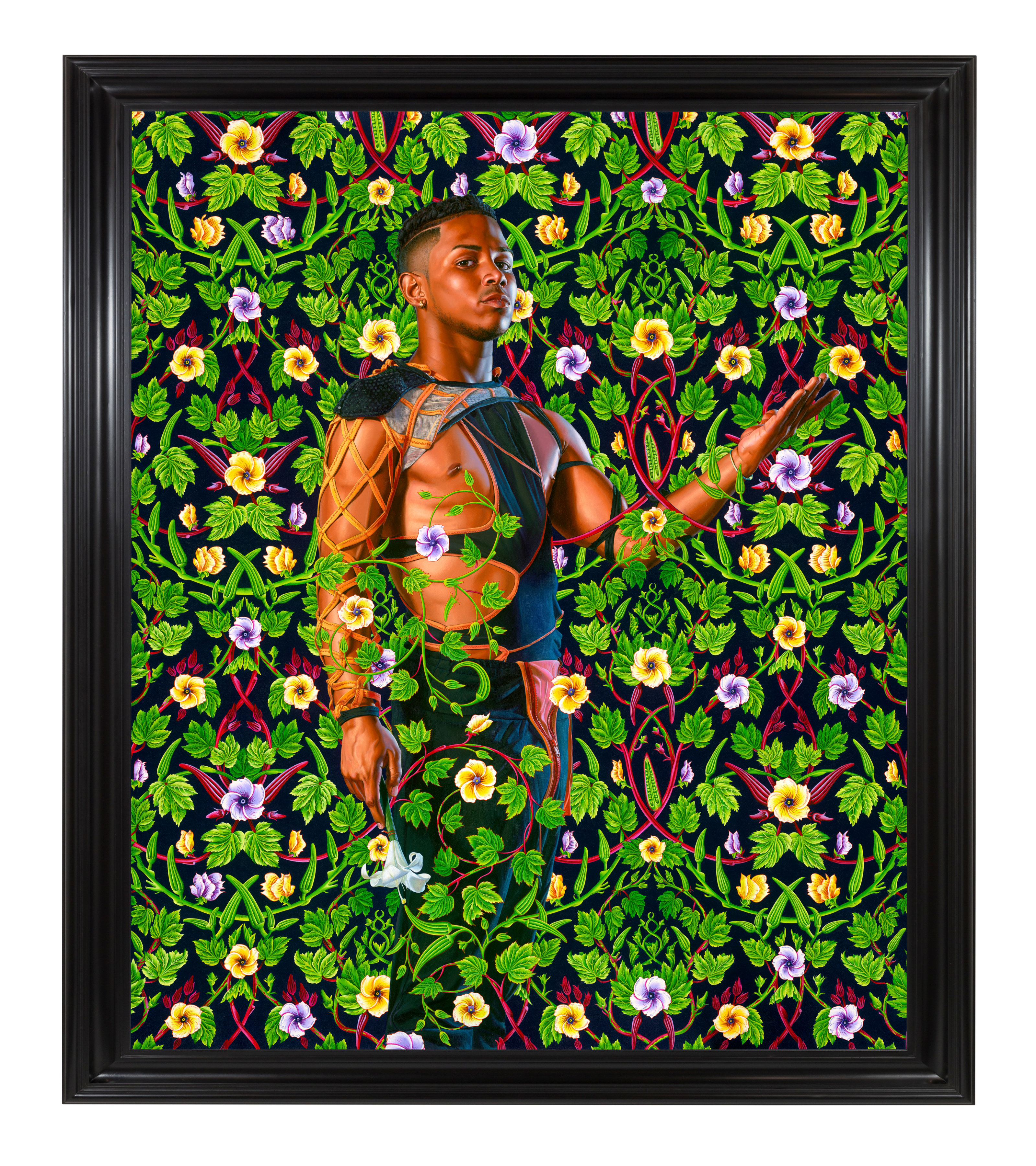
During his first visit to Cuba in 2015, Wiley visited the Escuela Nacional de Circo Cuba. Before 1959, Cuba had a strong tradition of circus arts including several family circuses which were nationalized and unified, at present there is only one recognized professional company: the National Circus of Cuba, Circuba. During Wiley’s second visit to Cuba in 2022, he met with performers from Raices Profundas, which is widely regarded as one of the world’s most authentic performing ensembles in the Yoruba tradition. The dancers and musicians have an intense dedication to their company, their art, and its traditions.
"The performers are each different – there’s so many different points of view, so many different life experiences but, one thing that unites them all is the very sense that America dominates the economic fortune of Cuba... The relationship between America and Cuba is one that has been fraught with a fascination, a suspicion, an intrigue, and a cultural weight." - Kehinde Wiley
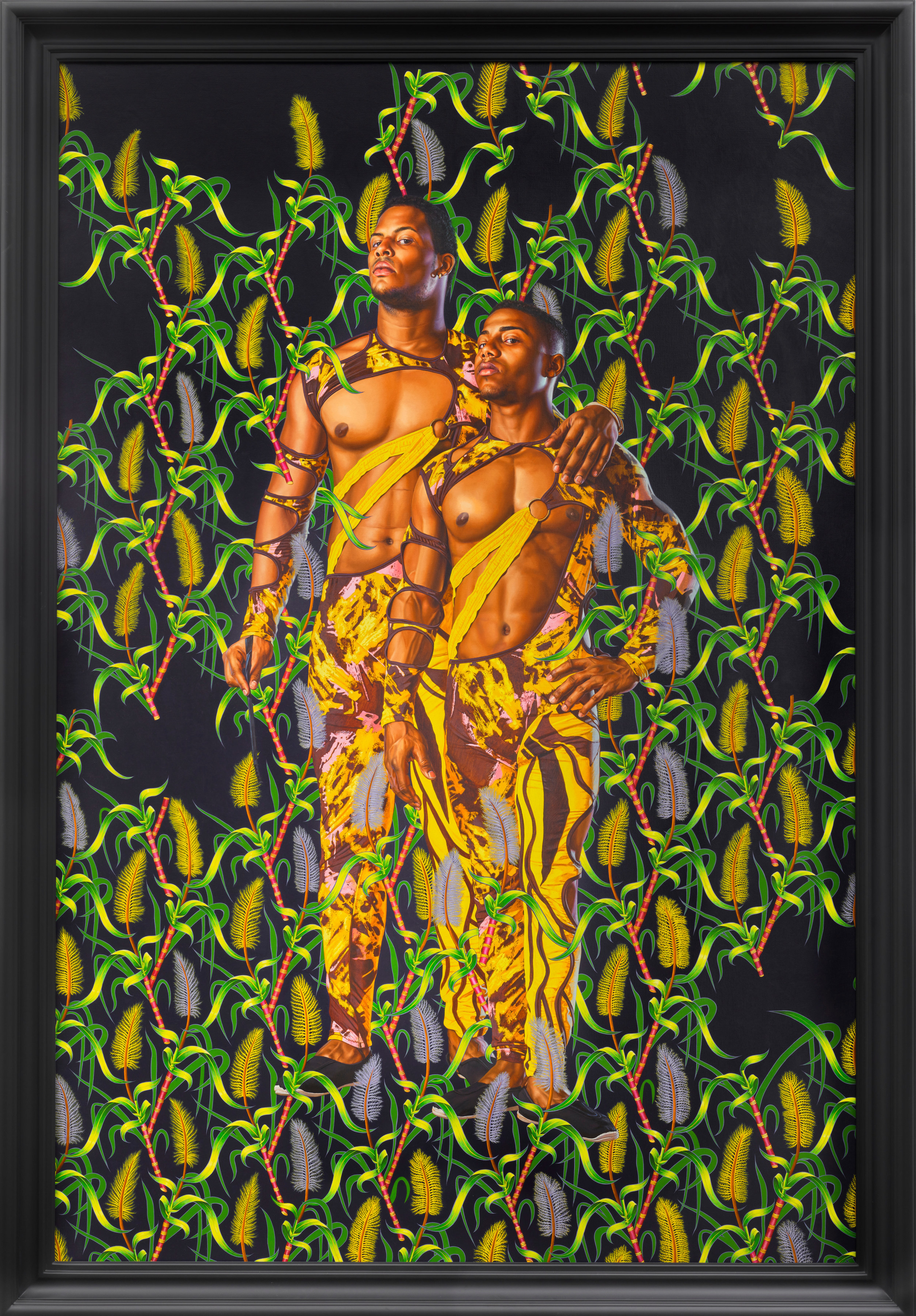
The African aesthetic is woven into Wiley’s work in Cuba, in addition to his oeuvre more broadly. These new works not only take the shapeshifting narrative that underpins African history, but also look specifically at Afro-Caribbean survival strategies and amplifies them. In HAVANA, Wiley explores those traditions, their power, and abiding influence.
"So much of the work follows the throughline of the circus performers as those who can suspend reality - those who can breathe into being a third space, a third area, one in which all of the normal aspects of life are put aside in favor of a drunken, shifted, hyper, vibrant way of living, being, and seeing the world. It’s through these intersections and these interventions that Black and Brown people historically have been able to communicate love and joy in a radical act of defiance." - Kehinde Wiley
Wiley’s film, installed in the lower gallery, features interviews and performances by members of Raices Profundas who give insight into the journey through time of Cuba’s rich cultural history, from its deepest Afro-Cuban roots to Latin dance of previous generations and contemporary salsa dancing.
Kehinde Wiley holds a BFA from the San Francisco Art Institute, an MFA from Yale University, and honorary doctorates from the Rhode Island School of Design and San Francisco Art Institute. Wiley’s work is currently on view in a solo exhibition at the de Young Museum, San Francisco. His work has been the subject of exhibitions worldwide, most recently at the Fondazione Giorgio Cini, Venice, Italy, a collateral event of the 59th International Art Exhibition, La Biennale di Venezia (2022); and The National Gallery, London, England (2022). His work is featured in the permanent collections of numerous international museums and public collections. In 2018, Wiley’s portrait of Barack Obama was added to the permanent installation of presidential portraits in the Smithsonian’s National Portrait Gallery, making him the first African American artist to paint an official U.S. Presidential portrait. In October of the same year, he was honored with Harvard University’s W.E.B. Du Bois medal for his significant contributions to African and African American history in culture and his advocacy for intercultural understanding and human rights. Wiley is also the recipient of the U.S. Department of State’s Medal of Arts and France’s Chevalier dans l’Ordre des Arts et des Lettres (Knight of the Order of Arts and Letters). In 2019, Wiley founded Black Rock Senegal, a multidisciplinary artist-in-residence program that invites artists from around the world to live and create work in Dakar, Senegal. Wiley lives and works in Beijing, Dakar, and New York.
For media inquiries, please email Adair Lentini at Adair@skny.com
For all other inquiries, please email Janine Cirincione at Janine@skny.com
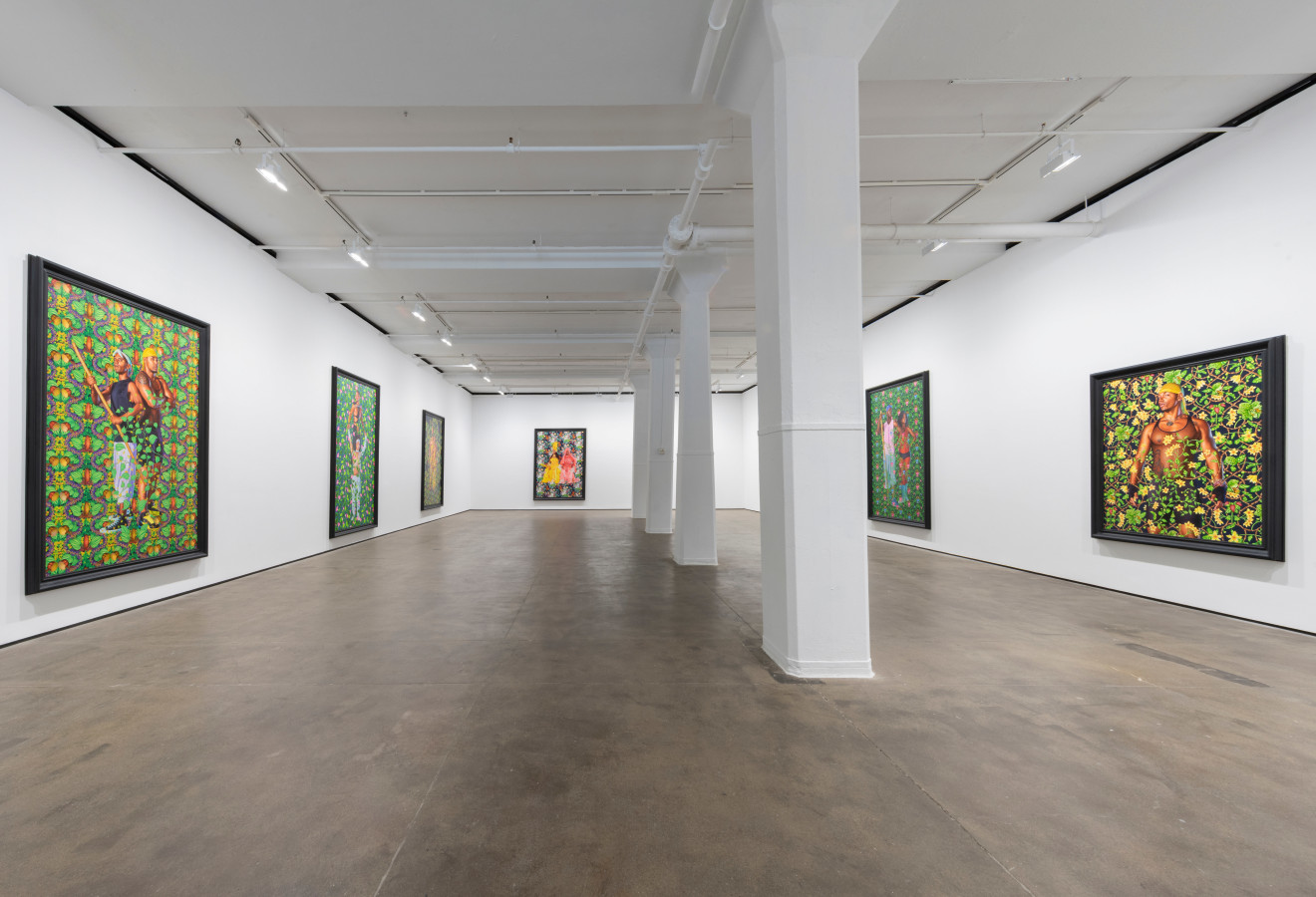
Installation view of Kehinde Wiley: HAVANA at Sean Kelly, New York, April 28–June 17, 2023, Photography: Adam Reich, Courtesy: Sean Kelly
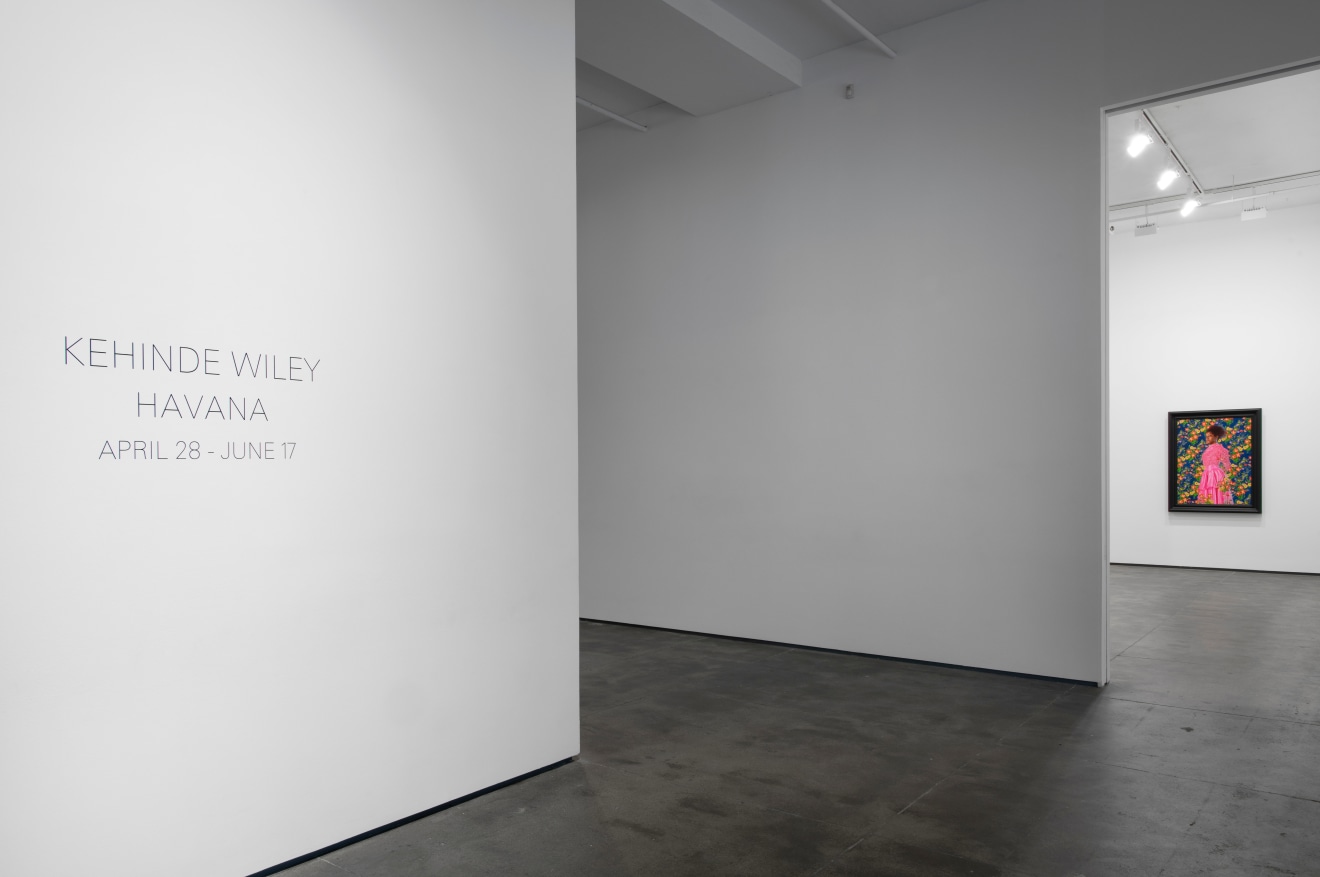
Installation view of Kehinde Wiley: HAVANA at Sean Kelly, New York, April 28–June 17, 2023, Photography: Adam Reich, Courtesy: Sean Kelly
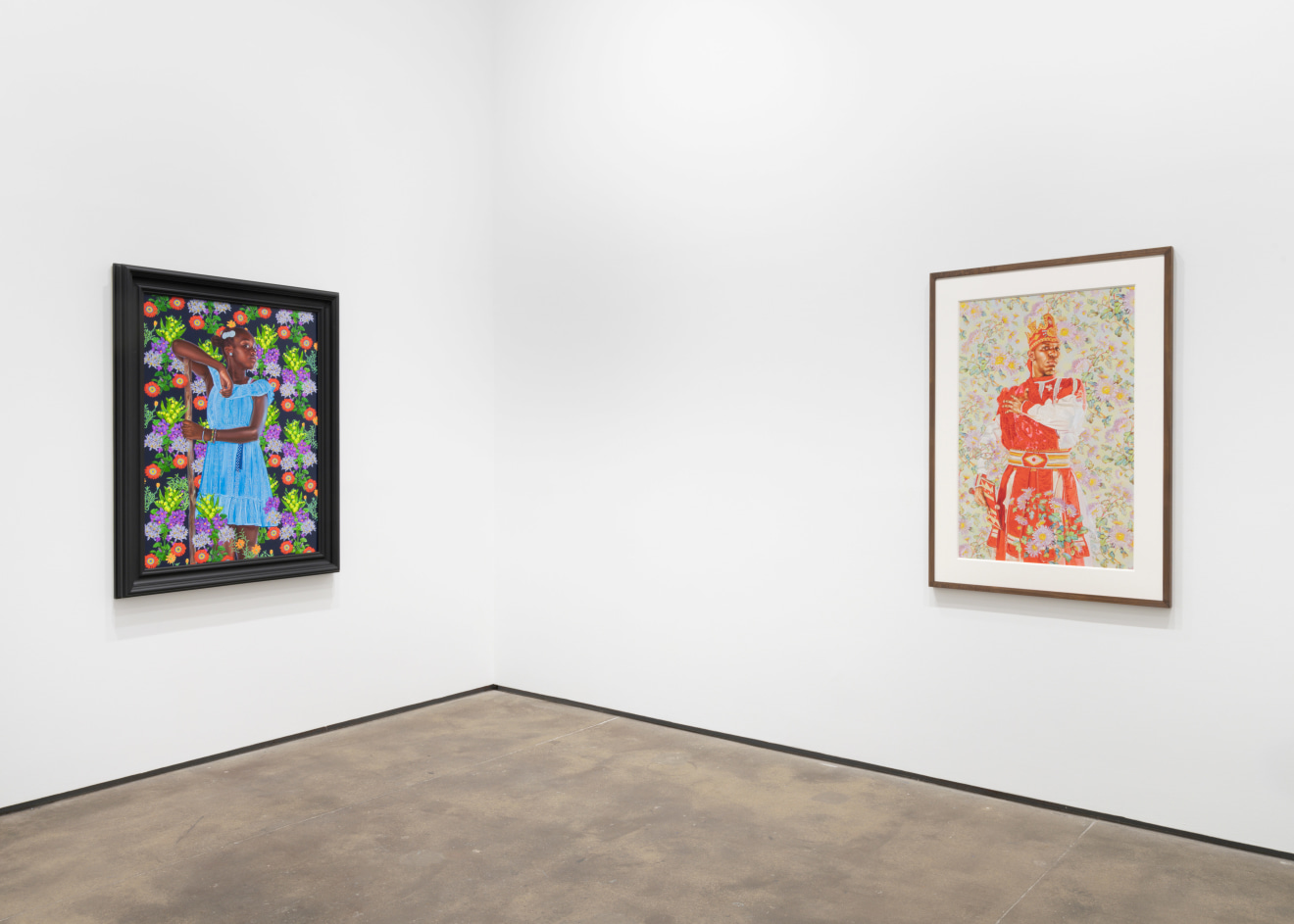
Installation view of Kehinde Wiley: HAVANA at Sean Kelly, New York, April 28–June 17, 2023, Photography: Adam Reich, Courtesy: Sean Kelly
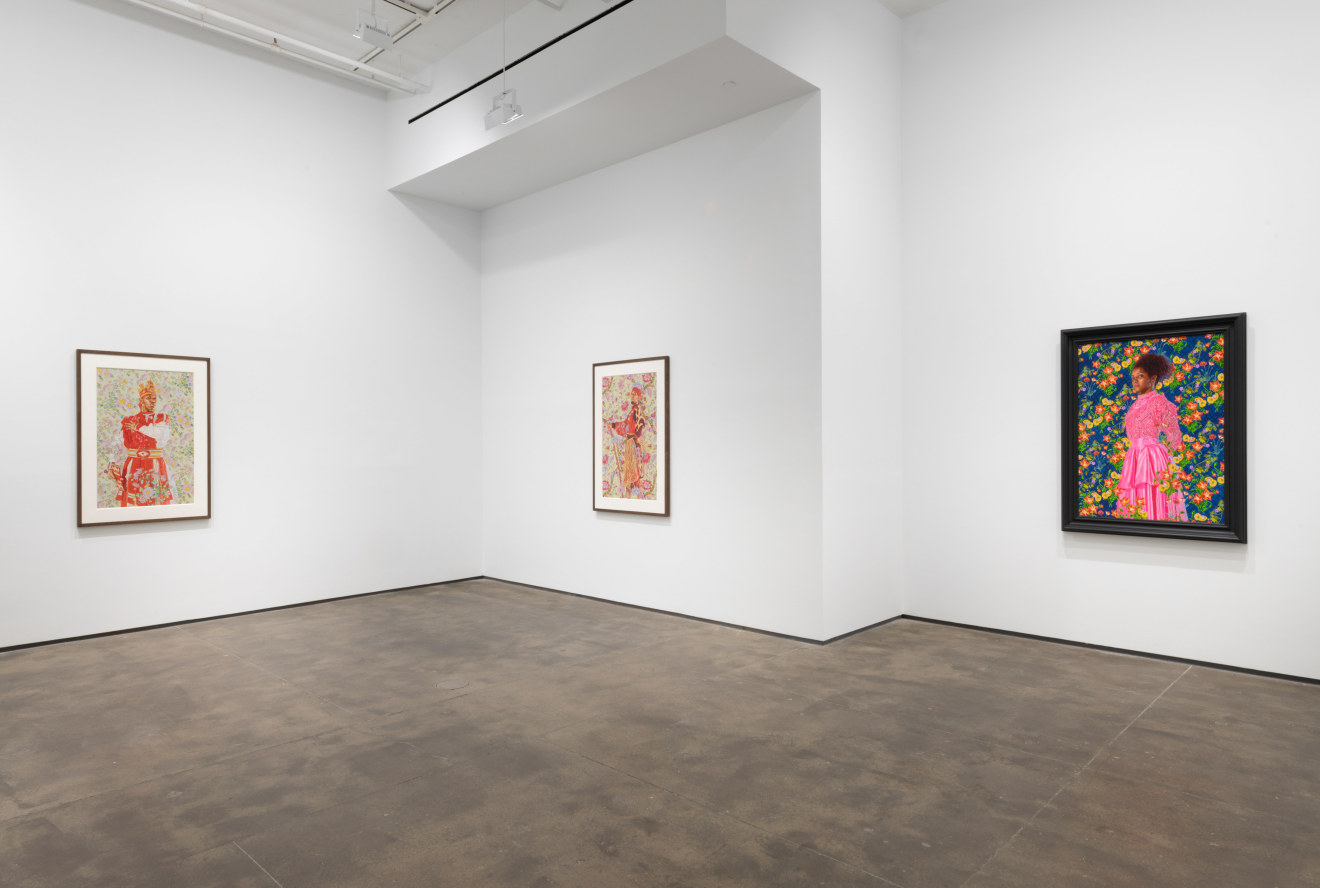
Installation view of Kehinde Wiley: HAVANA at Sean Kelly, New York, April 28–June 17, 2023, Photography: Adam Reich, Courtesy: Sean Kelly
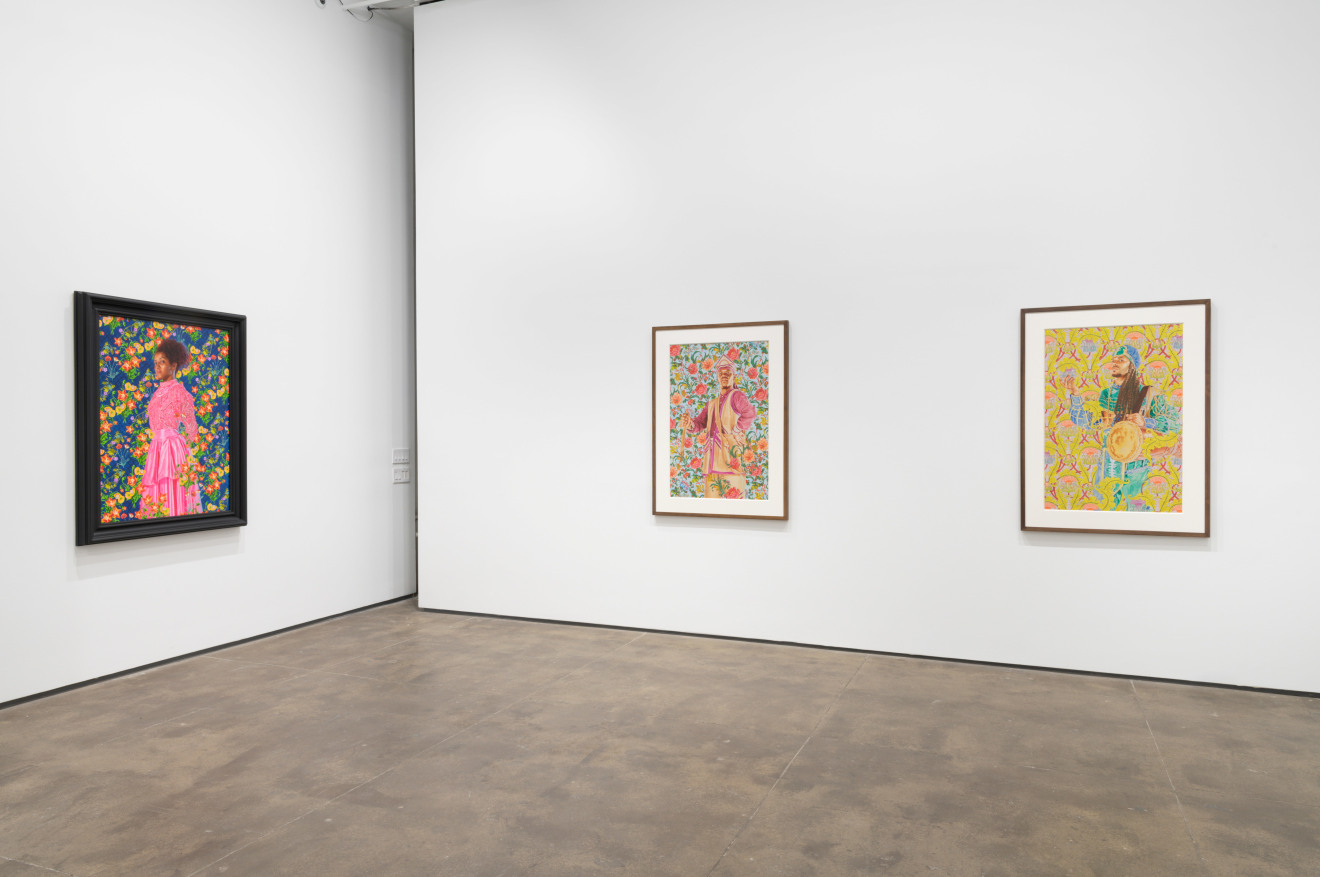
Installation view of Kehinde Wiley: HAVANA at Sean Kelly, New York, April 28–June 17, 2023, Photography: Adam Reich, Courtesy: Sean Kelly

Installation view of Kehinde Wiley: HAVANA at Sean Kelly, New York, April 28–June 17, 2023, Photography: Adam Reich, Courtesy: Sean Kelly
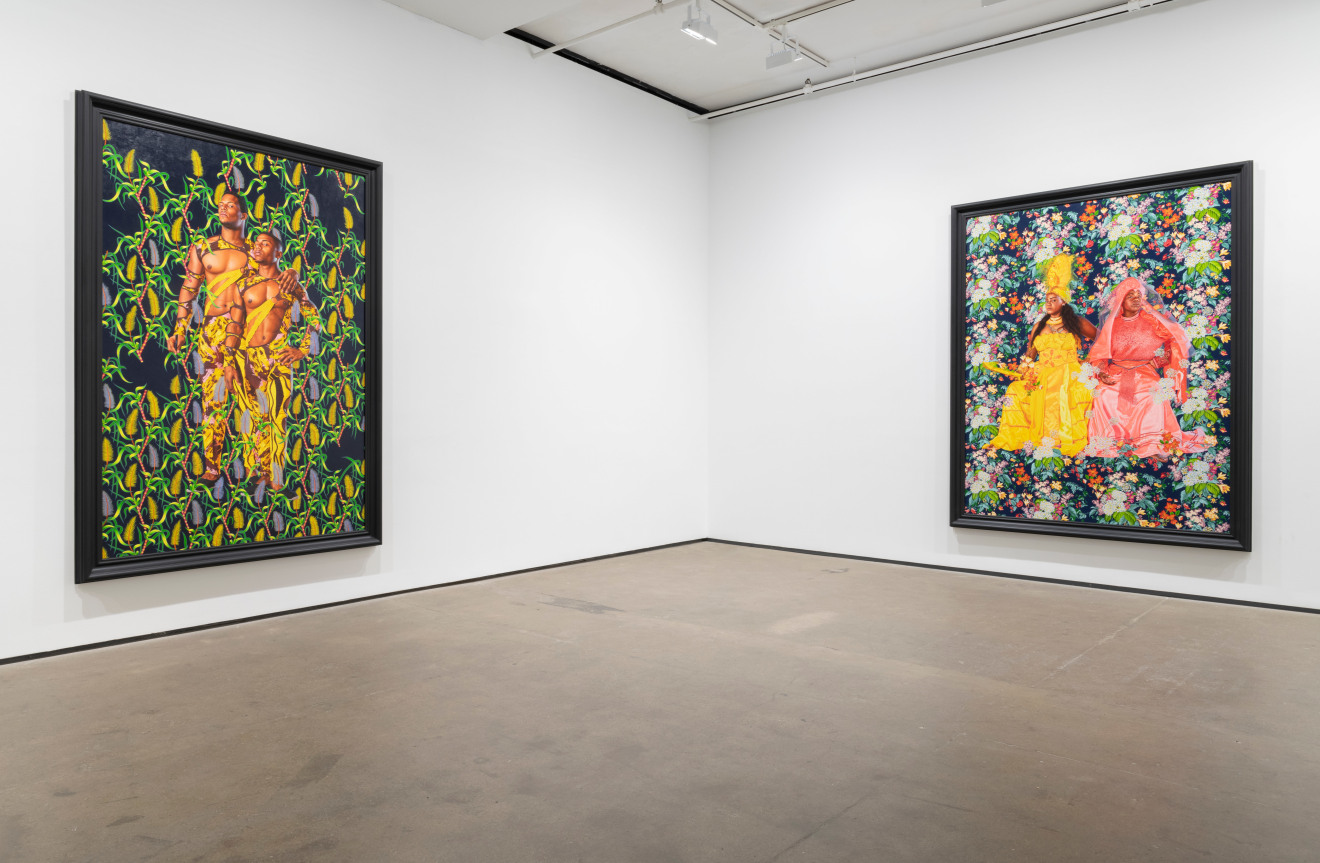
Installation view of Kehinde Wiley: HAVANA at Sean Kelly, New York, April 28–June 17, 2023, Photography: Adam Reich, Courtesy: Sean Kelly
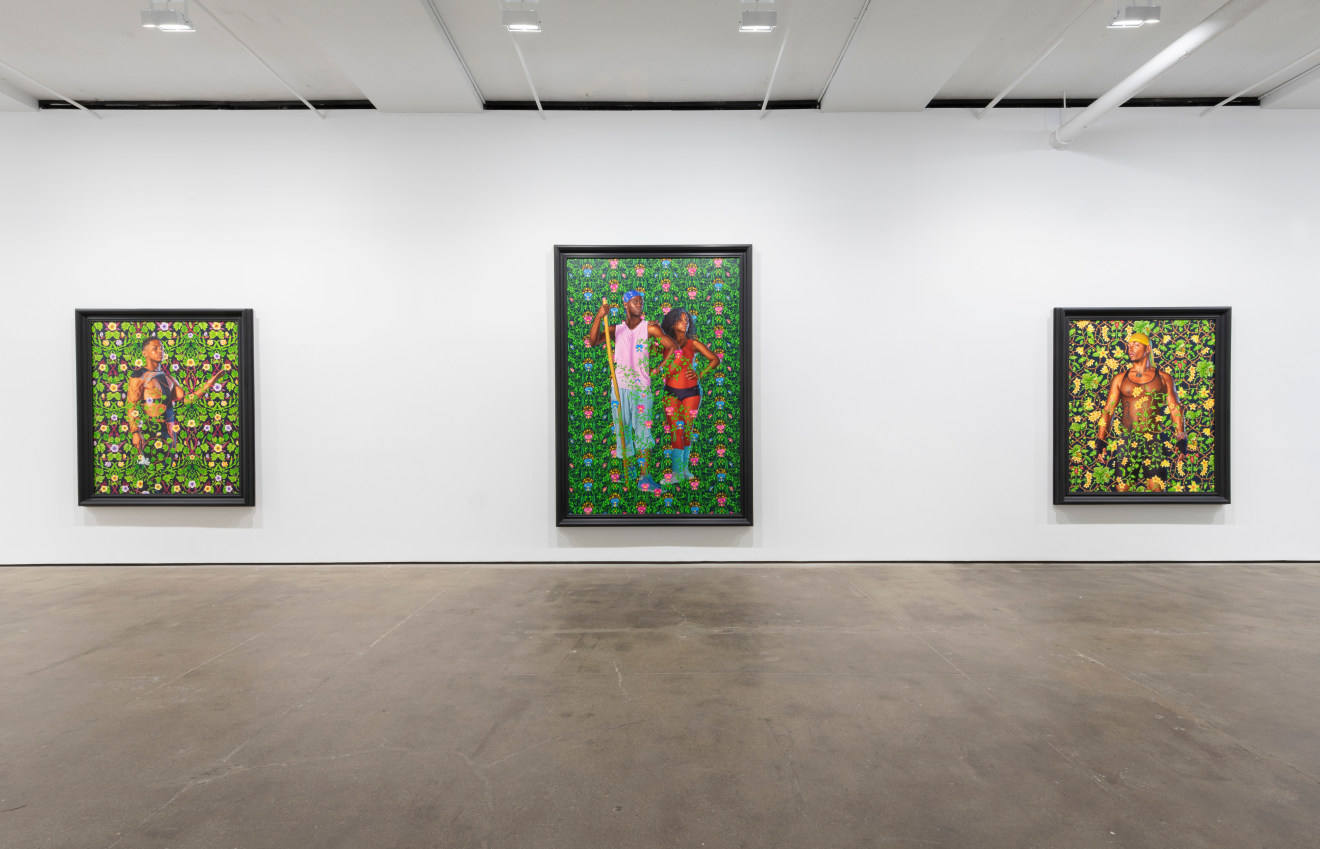
Installation view of Kehinde Wiley: HAVANA at Sean Kelly, New York, April 28–June 17, 2023, Photography: Adam Reich, Courtesy: Sean Kelly
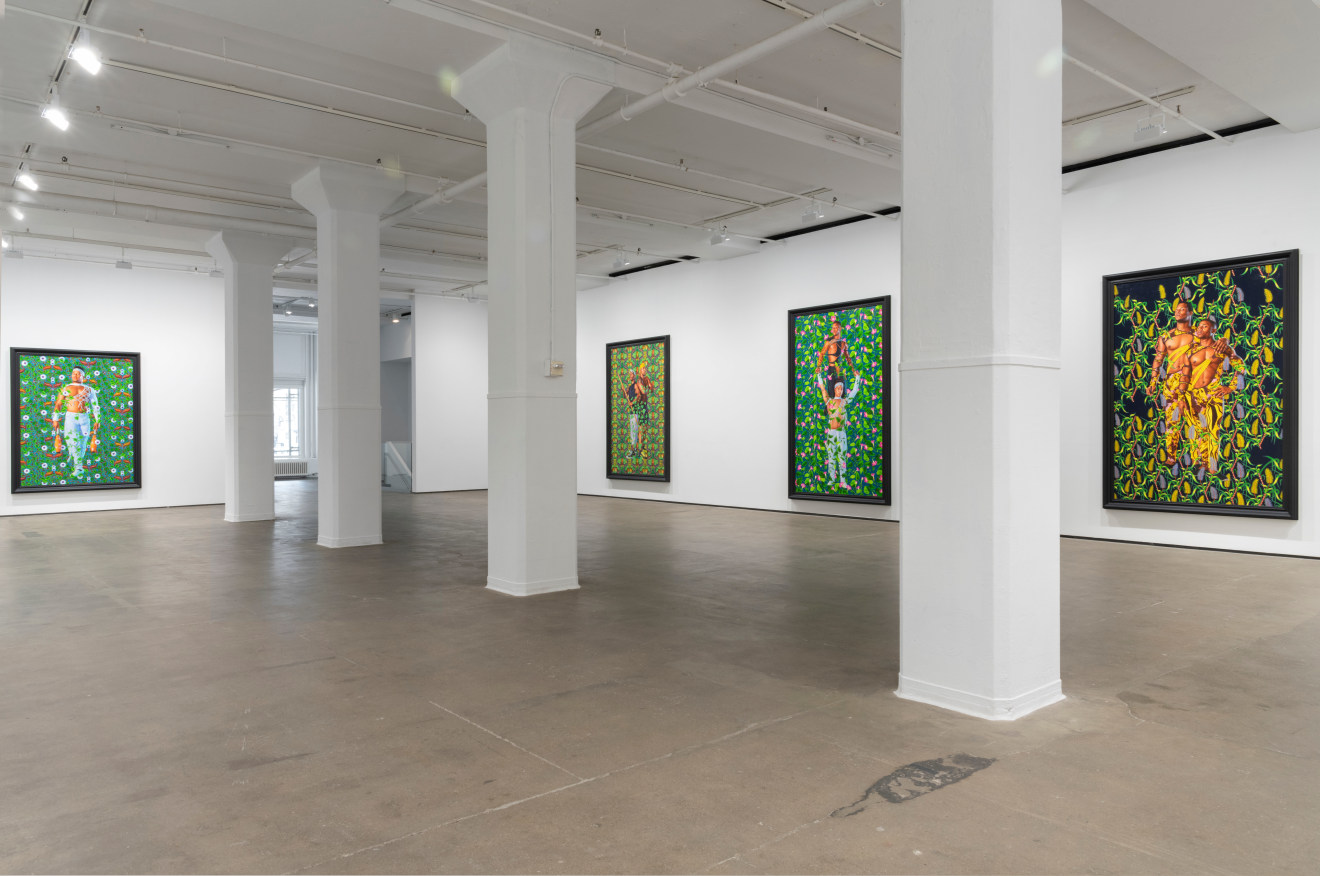
Installation view of Kehinde Wiley: HAVANA at Sean Kelly, New York, April 28–June 17, 2023, Photography: Adam Reich, Courtesy: Sean Kelly

Installation view of Kehinde Wiley: HAVANA at Sean Kelly, New York, April 28–June 17, 2023, Photography: Adam Reich, Courtesy: Sean Kelly